Guest post by Brian J. Phillips.
Since the presidential election on November 8th, hundreds of hate crimes have been reported across the United States. In upstate New York, a huge swastika and the phrase “MAKE AMERICA WHITE AGAIN” was spotted on a building at a softball field. At Texas State University, fliers posted on campus encouraged the formation of “vigilante squads” to “arrest & torture those deviant university leaders spouting off all this Diversity Garbage.” At a high school in York, Pennsylvania, white students walked through the hall saying “white power” while holding a Trump campaign sign. They also reportedly threatened violence against students of color.
Who could have predicted these attacks? Was there any reason to expect such a wave of intimidation against minority groups? Two trends – the post-Brexit environment and the increase in US hate crimes during the presidential campaign – suggest that the apparent surge is not out of the blue, but rather is part of a broader pattern.
Post-Brexit violence
First, data from the United Kingdom indicates that hate crimes spiked after the Brexit vote on June 23 of this year. In the week after the vote, incidents were up 58 percent compared to the previous year. The increase persisted: in July, hate crimes were up 41 percent compared to July 2015. In August, a group of teenage boys apparently beat to death a Polish immigrant after they heard him speaking his native language.
While Brexit could be viewed simply as an economic issue, the Leave side was accused of using racist scapegoating to scare voters into leaving the European Union. Such discourse was argued to legitimize racism. And when “Leave” won the vote, many members of the public felt empowered to express similar feelings. “Maybe those people had always harbored such resentments,” wrote one commentator, “but now they felt they could express them publicly without caring who heard.”
Given similar rhetoric during the US presidential campaign, it is not particularly surprising that the post-election environment looks comparable to the post-Brexit United Kingdom.
Increased hate crimes during the US campaign
Second, hate crimes occurred at higher-than-normal rates during the campaign, with some acts apparently linked to campaign rhetoric. The Southern Poverty Law Center analyzed FBI statistics and found a 67 percent increase in anti-Muslim hate crimes between 2014 and 2015. Smaller increases were also reported regarding hate crimes against Jewish, African American, or LGBT individuals.
A Georgetown University analysis of anti-Muslim hate crimes in the United States found a smaller increase, 13 percent, between 2014 and 2015. Interestingly, one third of the anti-Muslim hate crimes in 2015 occurred in December – the same month Trump announced his plan to halt Muslim immigration. In at least three incidents, the perpetrators of the hate crimes had publicly supported Trump or mentioned his name during the crime. A study of 18 US states by the Center for the Study of Hate and Extremism at California State University, San Bernardino found there was a 78 percent increase in anti-Muslim hate crimes between 2014 and 2015. The report describes specific attacks that happened shortly after Trump announced his proposed ban on Muslim immigration. The authors argue that this apparent effect contrasts with the sharp decline in anti-Muslim attacks in the United States in 2001 after then-President Bush gave a speech at a mosque focused on promoting tolerance.
While it is difficult to make statements about causality in these situations, the surges in hate crimes in the United Kingdom and the United States appear to have been emboldened by elite political discourse. To his credit, President-elect Trump recently told perpetrators to “Stop it” during a “60 Minutes” interview, but clearly much more needs to be done. In the longer term, researchers and scholars can provide much-needed insight into the relationship between elite discourse and discrimination. In the shorter term, all citizens need to work to ensure that the United States remains a welcoming home for all, not just those on the winning side of a particular election.
Brian J. Phillips is an Assistant Professor at the Center for Research and Teaching in Economics (CIDE) in Mexico City.

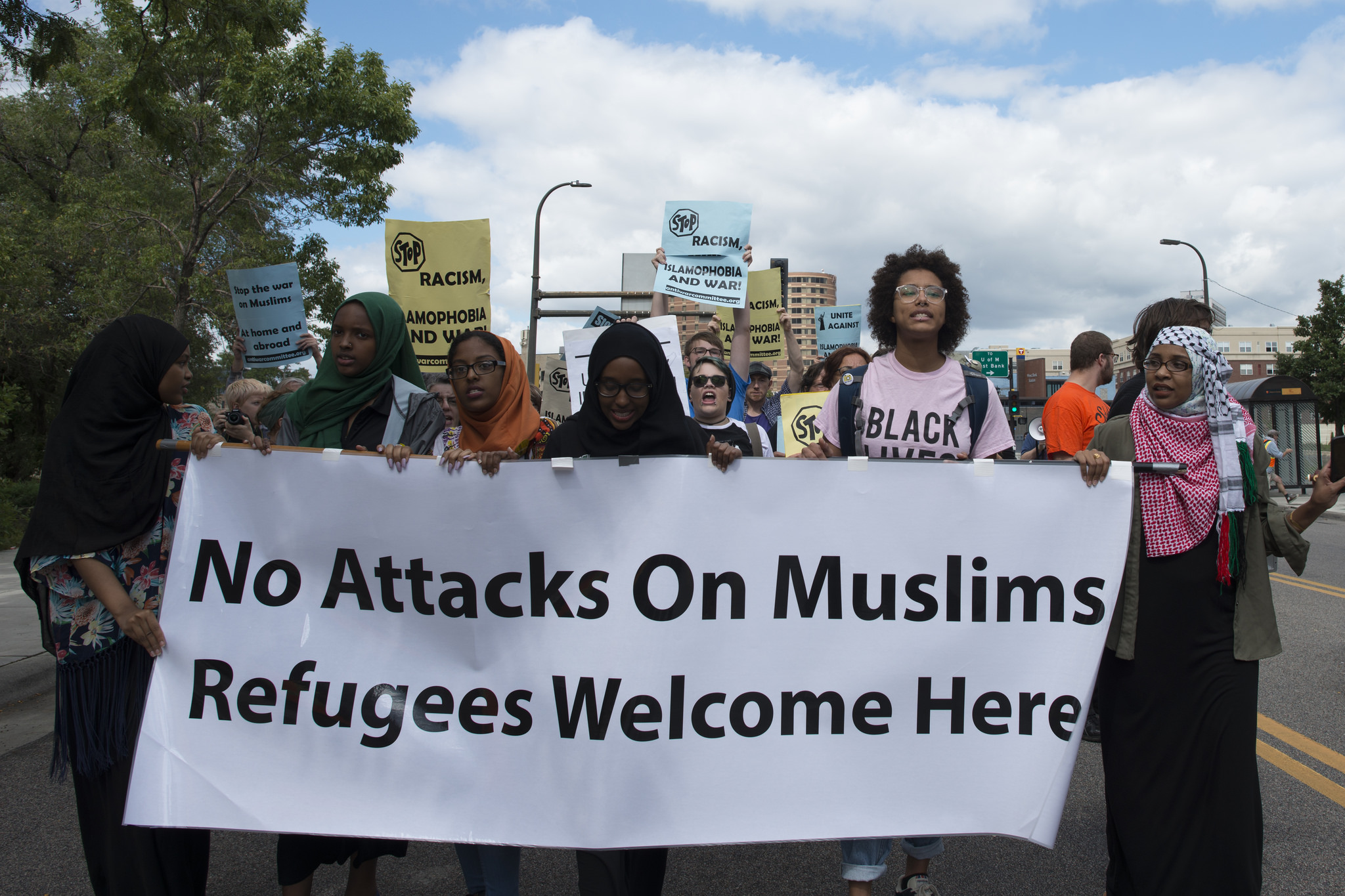
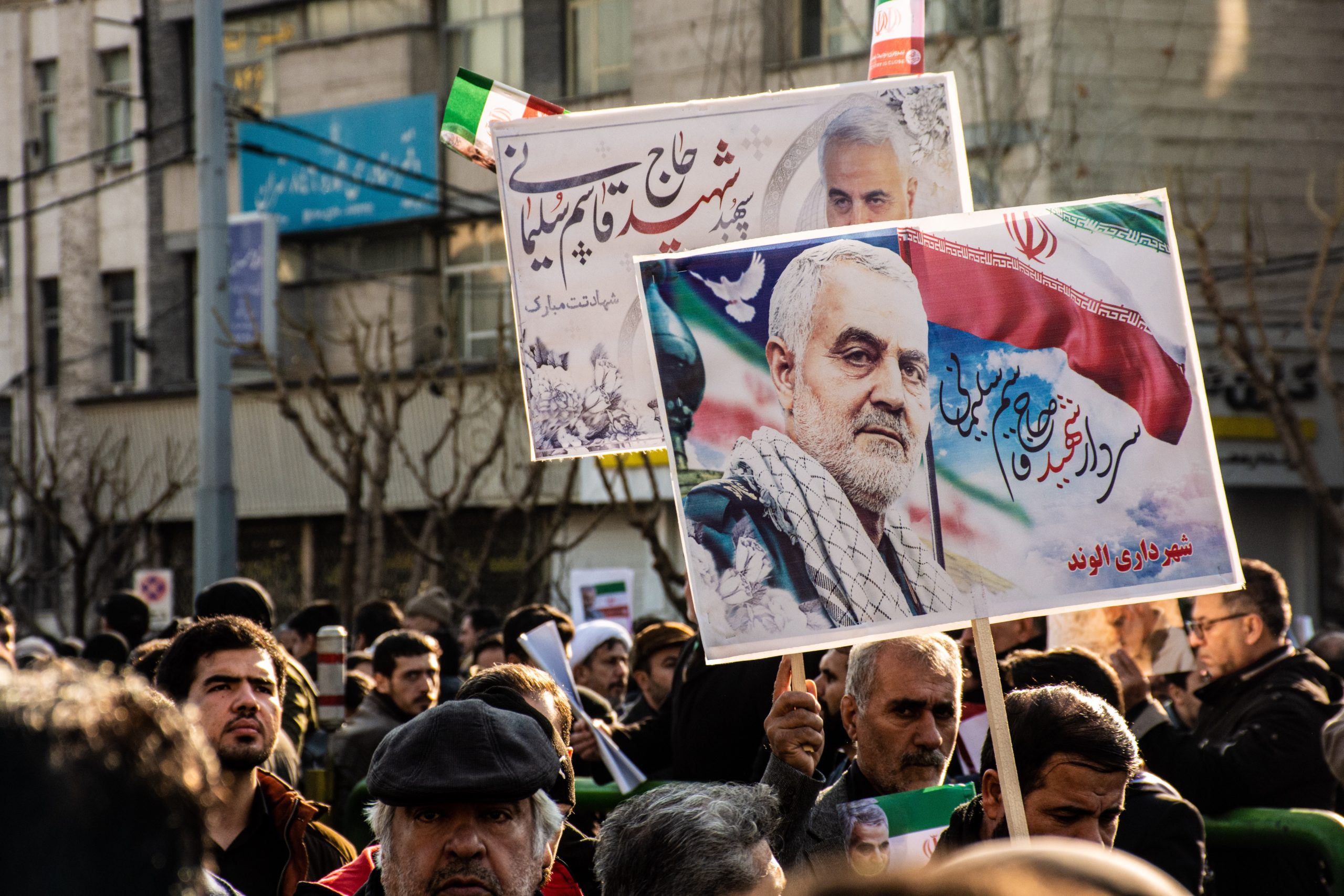

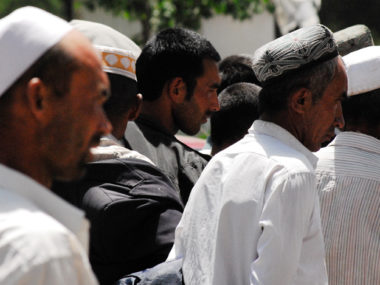
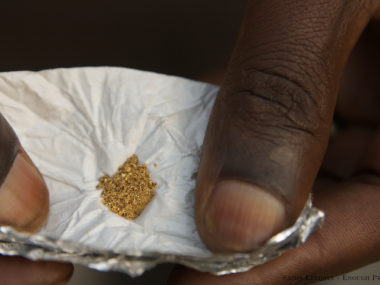
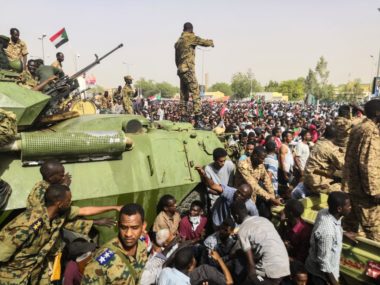
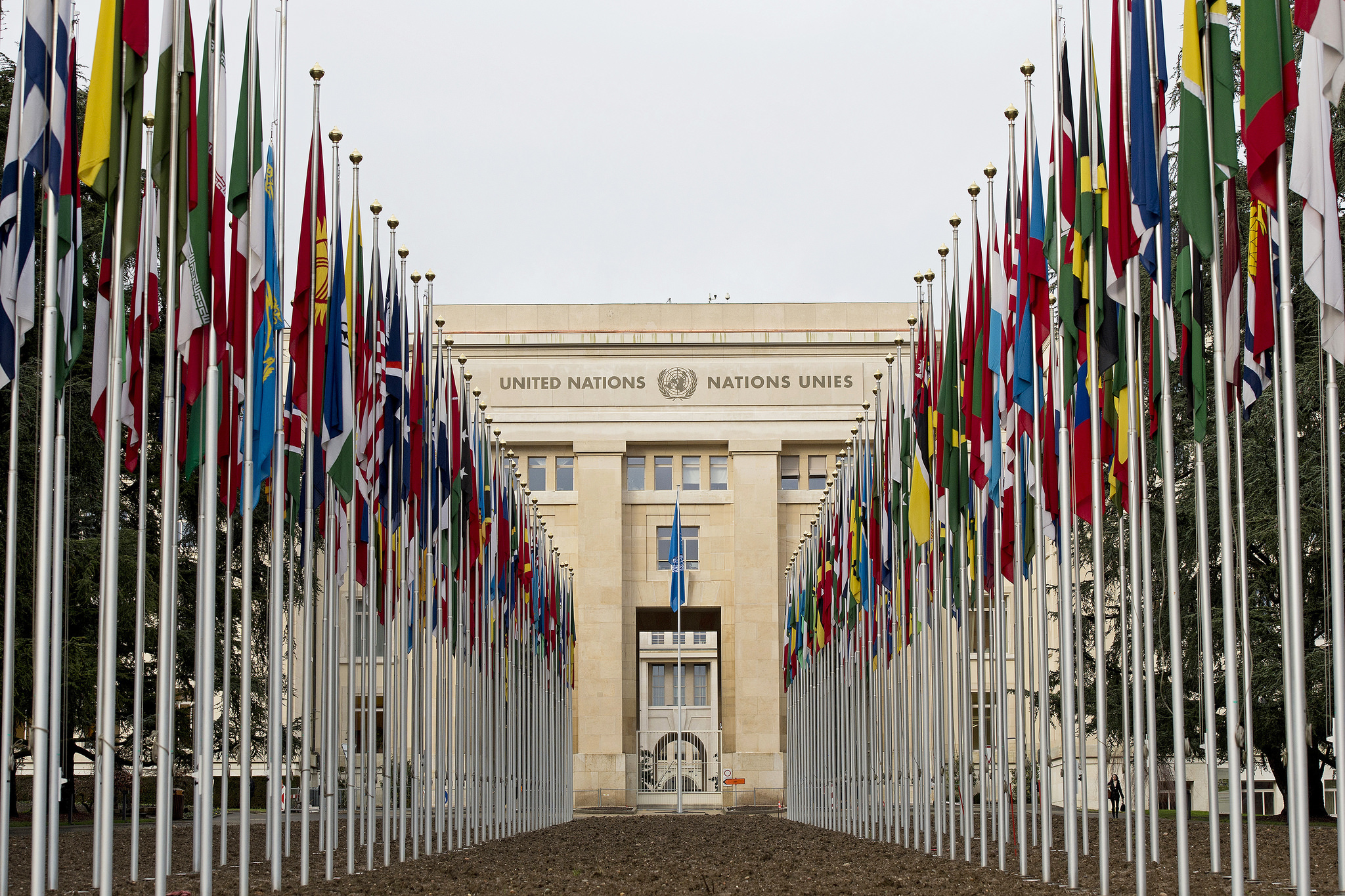
2 comments
Interesting post Brian. I published a piece in CMPS last year that looked at various factors influencing trends in right-wing terrorism (rather than hate crimes) in the United States since 1970. Among my findings were that national-level politics helped to drive attacks, but state level did not. Attacks seem to increase when a Democrat occupies the White House in the later part of the time series – right wing terrorism spiked both under Clinton and Obama. Not a lot of data points and I am eager to re-investigate this phenomenon under a President Trump. It is entirely possible that his administration is a game changer to this pattern if he normalizes violent extremism.
(http://cmp.sagepub.com/content/early/2015/03/06/0738894215570429.abstract)
Jim Piazza, Penn State
Jim, thanks! I’ll definitely check out the article. The findings regarding the Clinton and Obama years make a lot of sense. It is interesting that only *some* conservative politicians apparently inspire these type of acts. We need more research… Maybe something cross-national, also.
Brian